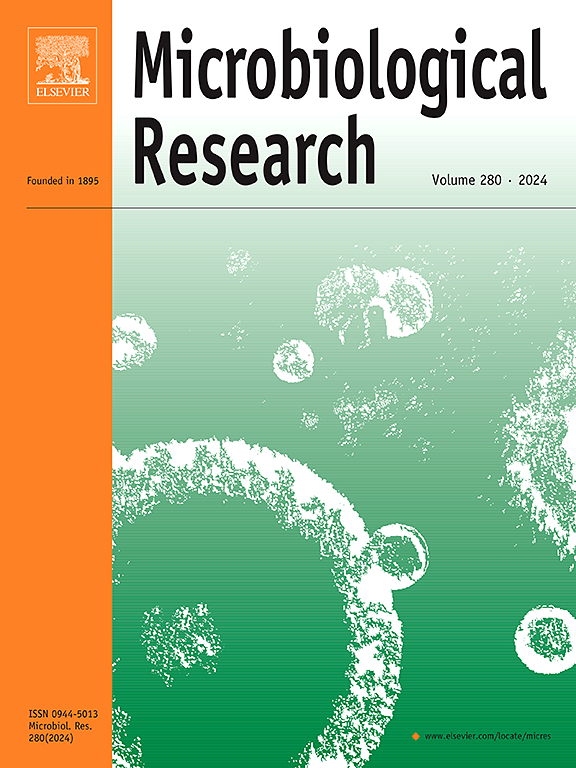More than chromosome organizers: Unique mycobacterial nucleoid-associated proteins
IF 6.9
1区 生物学
Q1 MICROBIOLOGY
引用次数: 0
Abstract
Nucleoid-associated proteins (NAPs) play a fundamental role in organizing chromosomal architecture and regulating gene expression in Mycobacterium, enabling these bacteria to adapt to diverse environments. In Mycobacterium tuberculosis (Mtb), NAPs contribute to virulence, antibiotic resistance, and persistence within the host, whereas in Mycobacterium smegmatis (Ms), they influence growth dynamics and stress responses. Recent findings indicate that, beyond their role in DNA compaction and replication, mycobacterial NAPs exert broad regulatory effects on gene expression, highlighting their significance in cellular physiology. Differences in NAP composition between saprophytic and pathogenic Mycobacterium species underscore their distinct evolutionary adaptations and survival strategies. Given their central role in bacterial homeostasis and stress adaptation, NAPs have emerged as potential targets for novel antimycobacterial therapies, particularly against drug-resistant Mtb. This review explores the structural and functional diversity of mycobacterial NAPs, emphasizing their roles in chromosomal organization, transcriptional regulation, and stress adaptation, with a focus on their implications for mycobacterial pathophysiology.
不仅仅是染色体组织者:独特的分枝杆菌核相关蛋白
核相关蛋白(nap)在分枝杆菌中组织染色体结构和调节基因表达中起着重要作用,使这些细菌能够适应不同的环境。在结核分枝杆菌(Mtb)中,nap有助于宿主的毒力、抗生素耐药性和持久性,而在耻垢分枝杆菌(Ms)中,它们影响生长动力学和应激反应。最近的研究表明,除了它们在DNA压实和复制中的作用外,分枝杆菌nap对基因表达具有广泛的调节作用,突出了它们在细胞生理学中的重要性。腐生和致病性分枝杆菌之间NAP组成的差异强调了它们不同的进化适应和生存策略。鉴于nap在细菌稳态和应激适应中的核心作用,它们已成为新型抗细菌疗法的潜在靶点,特别是针对耐药结核分枝杆菌。本文探讨了分枝杆菌nap的结构和功能多样性,强调了它们在染色体组织、转录调控和应激适应中的作用,并重点讨论了它们对分枝杆菌病理生理的影响。
本文章由计算机程序翻译,如有差异,请以英文原文为准。
求助全文
约1分钟内获得全文
求助全文
来源期刊

Microbiological research
生物-微生物学
CiteScore
10.90
自引率
6.00%
发文量
249
审稿时长
29 days
期刊介绍:
Microbiological Research is devoted to publishing reports on prokaryotic and eukaryotic microorganisms such as yeasts, fungi, bacteria, archaea, and protozoa. Research on interactions between pathogenic microorganisms and their environment or hosts are also covered.
 求助内容:
求助内容: 应助结果提醒方式:
应助结果提醒方式:


